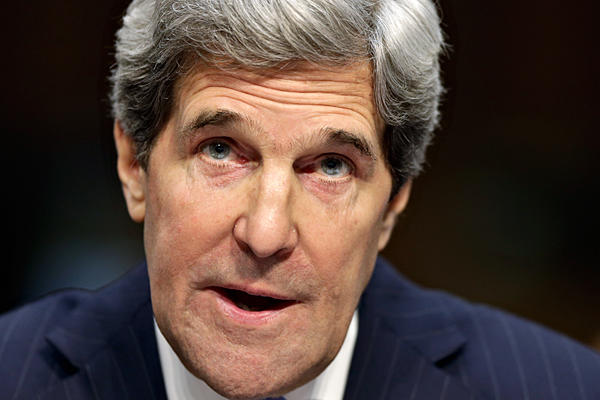Notwithstanding the mediation efforts being exerted by the US Secretary of State, John Kerry, the ongoing negotiations between Israelis and Palestinians will unlikely deliver a final status agreement and the birth of an actual Palestinian state.
The resumption of the peace talks after a 3-year break was hailed with skepticism from the start. According to many analysts of the Middle East, the “two states for two people” formula has already been overtaken by facts on the ground, with particular reference to the continued construction of Israeli settlements in the West Bank and the knot of Jerusalem, whose partition seems to have become increasingly difficult.
Another major hurdle is the strife between the West Bank and Gaza. To date, despite various reconciliation attempts, the intra-Palestinian divide proved to be unbridgeable, so much so that under the current circumstances the “three states” option has begun to gain plausibility, albeit it would not perhaps be the best outcome for the Palestinians living in the Gaza Strip.
Against such a backdrop, skepticism is understandable. At present, a “one-State situation” is in force, contemplating Israel plus Palestinian enclaves with limited self-ruling capabilities and freedom. That is the so-called “status quo,” which is liable to remain unchanged as a permanent status if the peace process will fail once again or be abandoned.
As a matter of fact, the only viable and realistic way to provide the Palestinians with their own national state is through a negotiated settlement. Resorting to other means, such as war, may fulfill the appetite for revenge, but would also entail further distress and most probably to no avail, as the course of history has already demonstrated.
Here is why the Obama administration resolutely encouraged the revival of the peace talks. Obama paved the way to the new negotiations during his visit to Jerusalem in March 2013. His speech at the Hebrew university was meaningful and illustrative of the position of the United States.
Before an Israeli audience, Obama advocated the recognition of “the Palestinian people’s right to self-determination and justice,” pointing out that “an independent Palestine must be viable” and “real borders will have to be drawn.”
“Today, Israel is at a crossroads,” he stated, adding that “only the Israelis can make the fundamental decisions” about the future of their country. In other words, Israel has the upper hand and thus holds the key to address major critical issues like the settlements and Jerusalem.
At the same time, though, not all responsibilities lie in the Israeli hands. Obama recalled the “historic opportunities” missed by the Palestinian leaders and stressed Israel’s “right” to insist on its security needs, urging the Arab countries to normalize relations therewith − a request to be extended to the Islamic Republic of Iran.
The accent on the security of Israel is not being forced upon the United States by the AIPAC, rather derives from a logical consideration:
– The more insecure is the surrounding environment, the less likely Israel will ease its stances and meet the Palestinian demands, including as to the control of the Jordan Valley.
Therefore, the success of the peace process is deeply intertwined with the developments in the security domain across the whole Middle East. The attainment of a comprehensive settlement ensuring definitive peace and stability on a regional scale would not please the security interests of Israel only, but would be of great benefit for the Palestinians at the negotiating table as well.
To that end, all actors concerned should take on their share of responsibility and commit themselves to creating the proper security conditions, especially in the Levant, so as to steer the peace process toward a final status agreement.
Otherwise, the diplomatic efforts underway will turned out to be another wasted opportunity − perhaps the last one − to give a just and long-awaited solution to the Israeli-Palestinian conflict.








